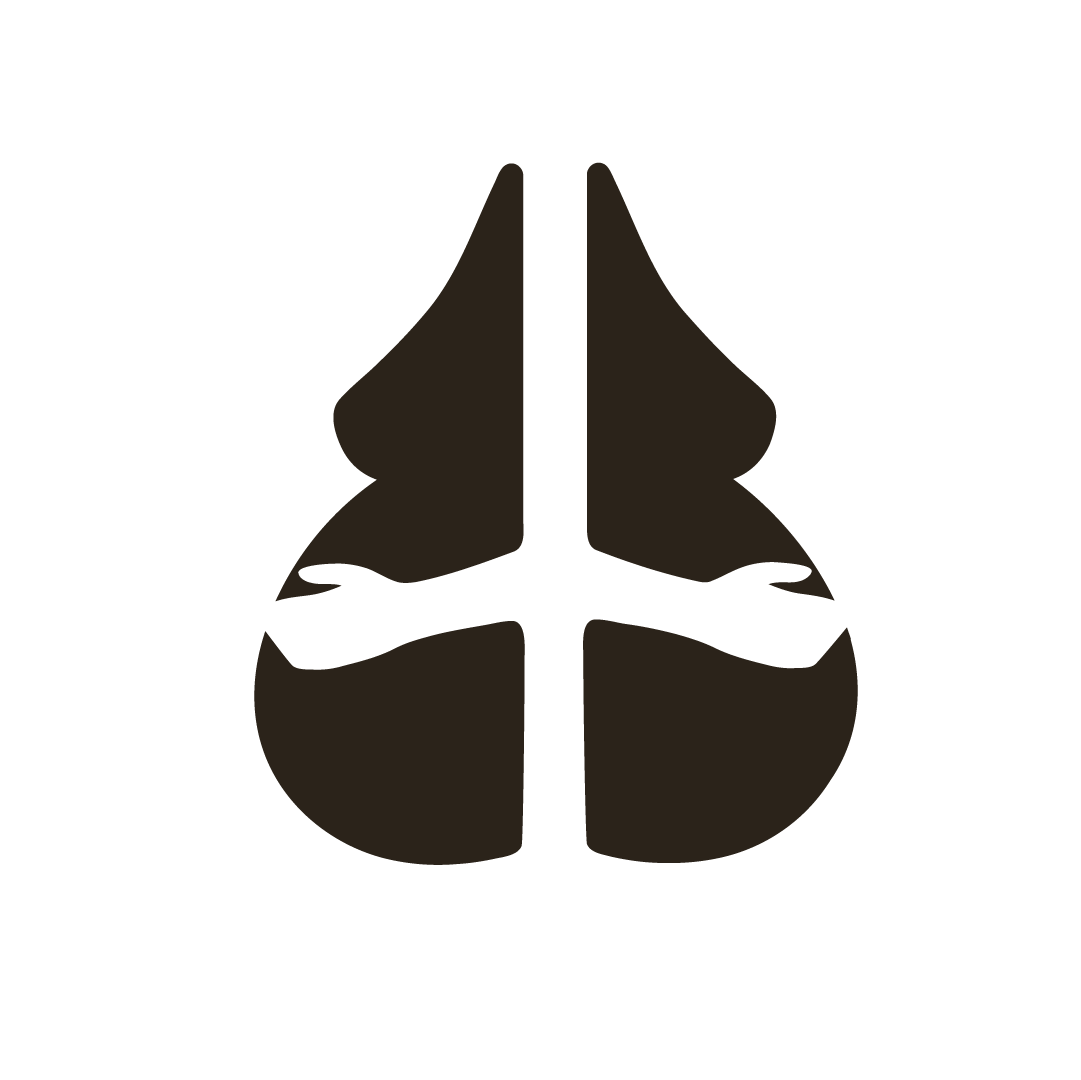Yalaŋbara
A couple days ago, I was just thinking of—dreaming of— Yalaŋbara. Sitting down where the rock is, on the beach near the water, and that sandy shore goes up onto the hill. Along this is all sandy shore, beach, sand all white and rock in the middle. And on top of the sand dunes, it’s the land. And I asked myself a question. On both sides, there’s green. All right, you can put green—wherever you see green grass, at dawn, along the beach. You can paint the dawn on both sides. But in the middle, it’s all white. I love it. But I’ll forget about it when I’m dead.
— DHUWARRWARR MARIKA
And they saw the morning star: the first morning star, and then the second and the third. The stars were getting close to Yalaŋbara, giving the Djan’kawu a pathway and showing them the land before the rays of the sun lit up Yalaŋbara’s sandhills. And they followed those stars, up to where the third star was, high and starting to fade away, as the daybreak came. And then the sunrise: the ray of the sun came up first and shone upon Bäḻma Yunumu at Yalaŋbara. They were getting close to the land. And they came to three rock islands called Wulpinbuy, Garrangarranbuy, and Bawuli. It was early in the morning, and they could hear water crashing from those rocks and they saw lorikeets coming out from the rock holes. They saw Djambuwal, the Thunderman, sitting at a place called Djirrkawul. Onward they traveled, toward the island of Ga’kubawuy, coming up toward Waḻinyina, passing through Bilapinya and arriving at the shore of Bipinyina at Yalaŋbara. They were throwing their armbands and head- bands onto the water as they were coming close to the shore at Yalaŋbara.
— WANYUBI MARIKA
Yalaŋbara is a Rirratjiŋu site located south of Yirrkala on the coast. It is associated with the Djan’kawu Sisters because it is where they landed after their journey through the sea. Yalaŋbara can also refer generally to an area of sites linked to the Sisters. There is also a sacred rock there called Guḻuwurru, which represents the canoe of the Djan’kawu.
Are you Yolŋu? Are you related to this artist, artwork or place and would like to share your knowledge with us? If yes, please contact us at kluge-ruhe@virginia.edu.
Clan(s)
Songline(s)

